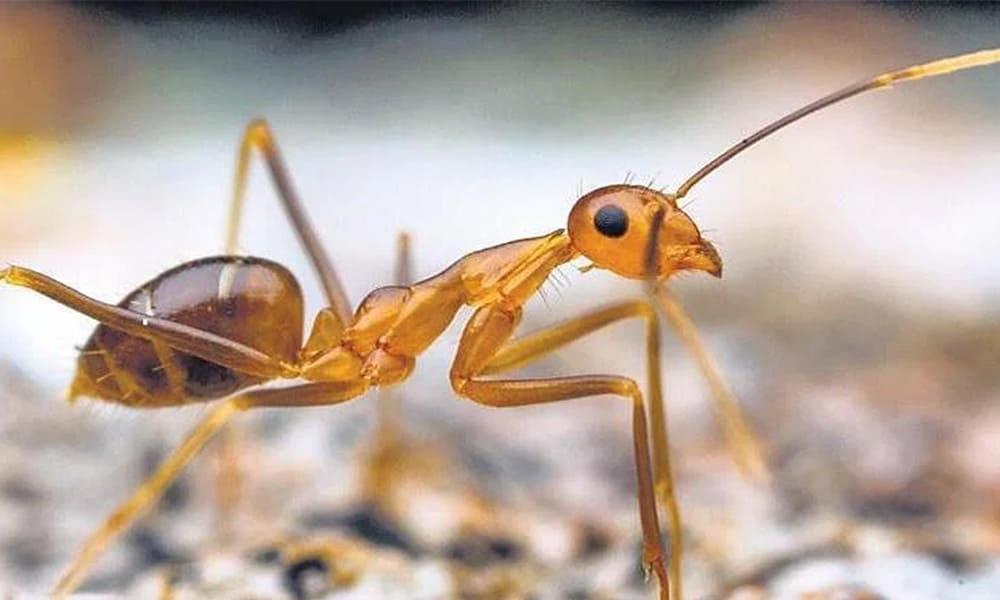The Ministry of Agriculture and Livestock has announced the temporary approval of certain agrochemicals for use on sugarcane crops in response to infestations of crazy ants. The invasive ant species has been wreaking havoc across parts of the country, posing a major threat to sugarcane as well as wildlife.
According to officials, crazy ant outbreaks have been detected in areas including El Tanque, La Abundancia, Santa Rosa de Pocosol, Los Lirios de Los Chiles, Orotina, Esparza, and western cantons. A recent report from the National System of Conservation Areas (SINAC) highlighted the severe impacts spotted in the Taboga Forest Reserve and surrounding regions of Guanacaste.
“There has been a very accelerated advance of the crazy ant towards the interior of the forest,” the report stated. “The literature speaks that the displacement of this pest alone is approximately 65 meters per month. However, we have observed that the species can move up to 240 meters per month.”
Beyond damaging habitats and crops, the ants have been killing animals in gruesome ways. Snakes, turtles, coatis, birds and other creatures have been blinded or endured agonizing deaths as the insects exploit lesions and literally devour them alive.
Minister of Agriculture Victor Julio Carvajal announced the temporary approval of insecticides that can be used as bait targeting crazy ant nests in sugarcane fields. The measure will be in effect through December, as experts expect drying conditions will naturally curb ant populations.
“This scourge also represents a high risk for crops such as sugar cane, coffee, and ornamental plants,” Carvajal explained. While the approvals aim to protect the livelihoods of farmers, environmental advocates have raised concerns about impacts on soil, waterways and non-target species.
Sugarcane is a major agricultural industry in Costa Rica, with approximately 200,000 acres planted. The crop’s importance to the economy and reliance on agrochemical inputs have made pest threats a sensitive issue. However, some argue Integrated Pest Management techniques should be prioritized before resorting to broadsprectrum insecticides.
Crazy ants, also known as longhorn or parasol ants, are native to South America but have become invasive in parts of the Americas and Australia. They reputation for forming super colonies with multiple queens gives them high reproductive capacity. This allows crazy ant populations to achieve densities many times higher than other ant species.
Only time will tell whether the blanket insecticide approval puts a dent in the advancing crazy ant swarms. But one thing is clear – these tiny insects are wreaking havoc across Costa Rica’s landscapes, wildlife and crops. The search for more sustainable, long-term solutions must continue before the economic and ecological costs grow even higher.






